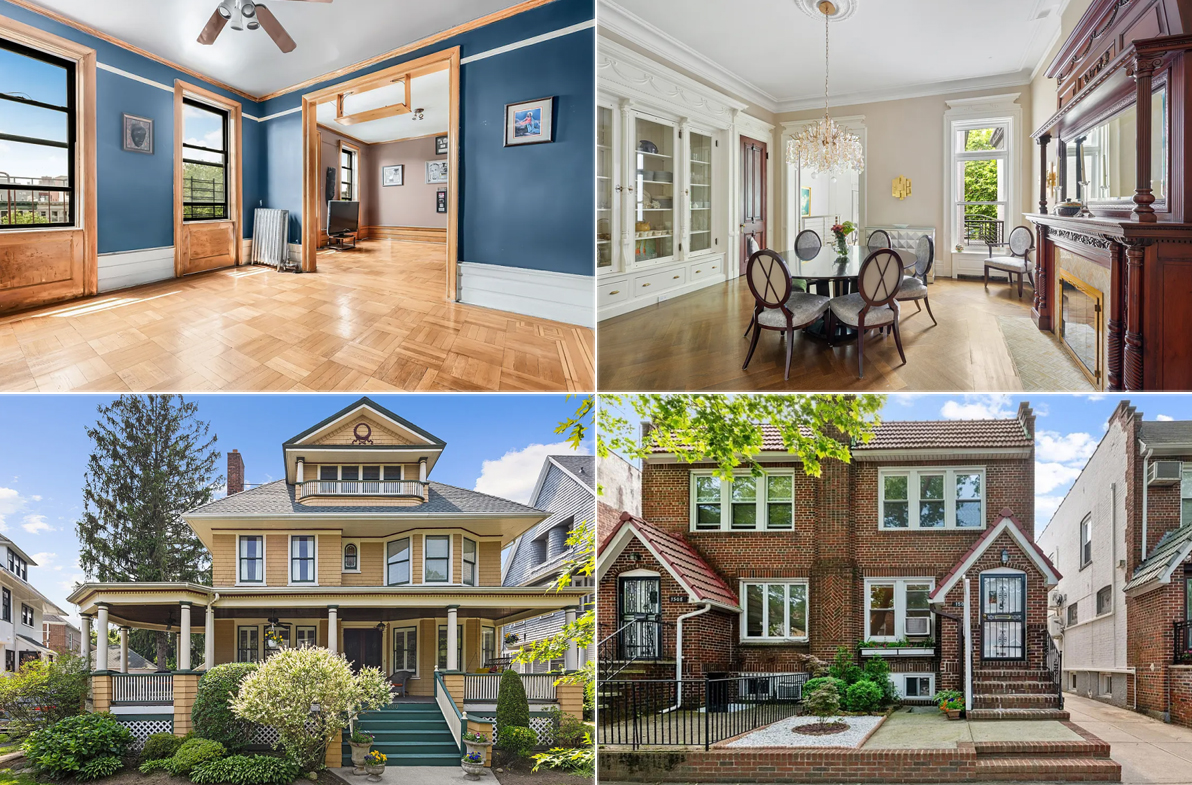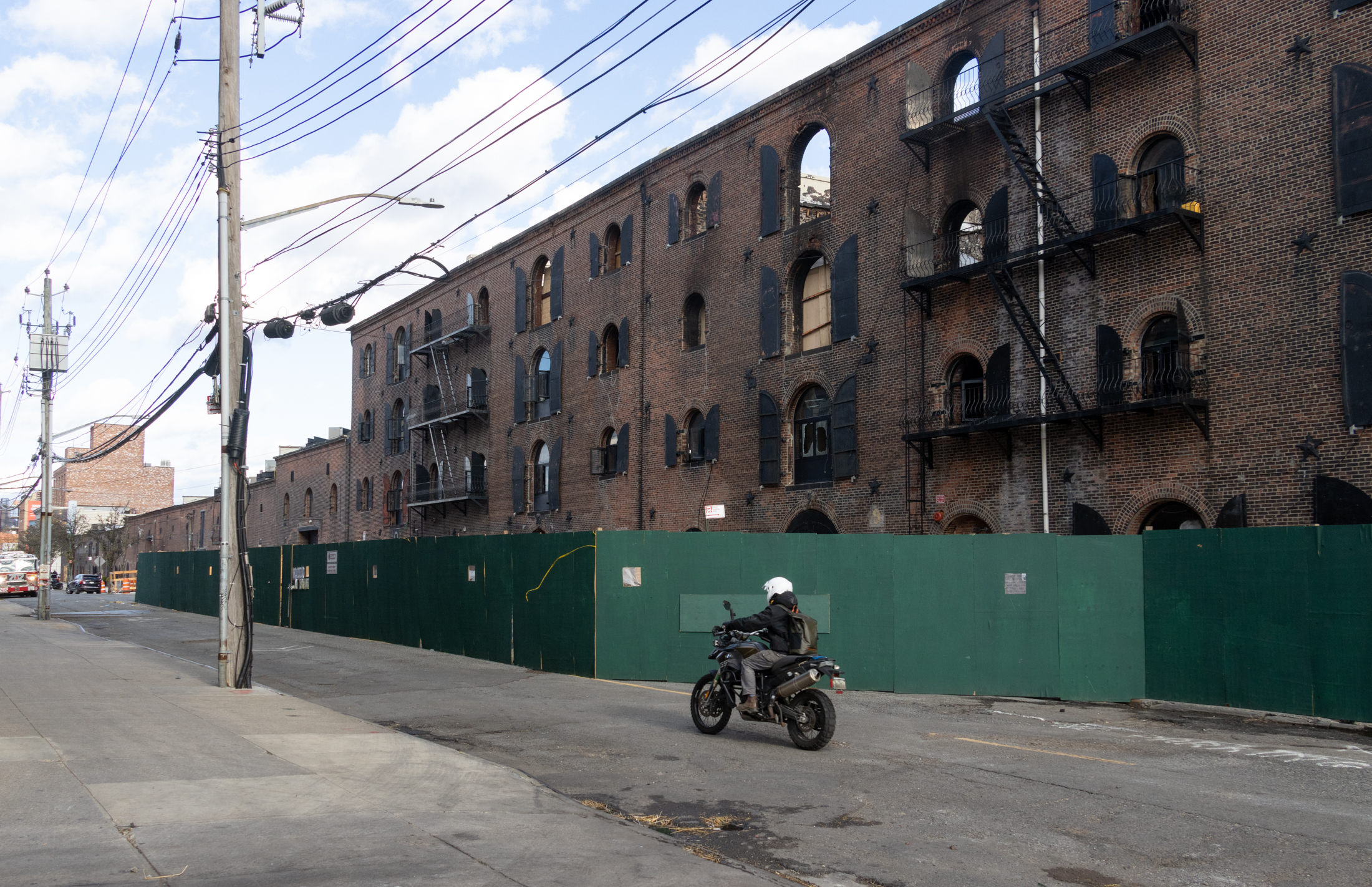State Raises Affordable Housing Bar for 421-a Bill
In a move not likely to boost fundraising efforts with developers, state lawmakers yesterday agreed on a tougher version of the 421-a bill than the city had proposed last December; it is expected to pass when it is brought to the floor on Thursday. The 421-a program, originally enacted in 1971 to spur development in…

 In a move not likely to boost fundraising efforts with developers, state lawmakers yesterday agreed on a tougher version of the 421-a bill than the city had proposed last December; it is expected to pass when it is brought to the floor on Thursday. The 421-a program, originally enacted in 1971 to spur development in a weak market and set to expire at the end of this year, gives builders significant tax breaks over anywhere from 10 to 25 years. In recent years, even luxury projects in the ritziest neighborhoods have benefited from the law, sparking criticism that the tax breaks are nothing but give-aways in a booming market that would support the creation of new housing on its own. When the City Council proposed extending the bill for another four years back in December, it did so with the proviso that projects in certain upscale neighborhoods be required to set aside 20 percent of its units for people making less than $56,000 a year. (A map from The New York Times of the City’s plan is at right.) The State version not only expands the affordable housing zone (called the “exclusion area”) by 12 neighborhoods but it also brings the income hurdle down to $42,000. (Additionally, it calls for developers to pay workers a “prevailing wage” on participating projects.) While stiffening the affordable housing requirements, the State bill does throw developers one bone: It pushes back the start-date for the new rules to July 2008 which should lead to a wave of projects looking to get grandfathered under the existing rules.
In a move not likely to boost fundraising efforts with developers, state lawmakers yesterday agreed on a tougher version of the 421-a bill than the city had proposed last December; it is expected to pass when it is brought to the floor on Thursday. The 421-a program, originally enacted in 1971 to spur development in a weak market and set to expire at the end of this year, gives builders significant tax breaks over anywhere from 10 to 25 years. In recent years, even luxury projects in the ritziest neighborhoods have benefited from the law, sparking criticism that the tax breaks are nothing but give-aways in a booming market that would support the creation of new housing on its own. When the City Council proposed extending the bill for another four years back in December, it did so with the proviso that projects in certain upscale neighborhoods be required to set aside 20 percent of its units for people making less than $56,000 a year. (A map from The New York Times of the City’s plan is at right.) The State version not only expands the affordable housing zone (called the “exclusion area”) by 12 neighborhoods but it also brings the income hurdle down to $42,000. (Additionally, it calls for developers to pay workers a “prevailing wage” on participating projects.) While stiffening the affordable housing requirements, the State bill does throw developers one bone: It pushes back the start-date for the new rules to July 2008 which should lead to a wave of projects looking to get grandfathered under the existing rules.
Albany Likely to OK Affordable Housing Bill [NY Sun]
State Revises 421-a “Corporate Welfare” Subsidy [AY Report]
Legislators Agree on 421-a Reform Bill [Crain’s]





(Without the abatement, high land prices, and rising construction costs, development will no longer make financial sense.)
Which means the price of development sites will fall, in some cases to less than the value of an existing building used as such.
In the meantime, everyone rush to get grandfathered as we head for a recession! I’m looking forward to a glut!
Without the abatement, high land prices, and rising construction costs, development will no longer make financial sense. It is too expensive to build the affordable units and with higher taxes the prices per square foot on sell-outs will be too low for development to be feasable at all. The change in legislation will create no new affordable housing. All it will do is stop development which is in turn bad for the economy. Developers don’t build to lose money.
There are the areas a developer MUST provide a % of affordable housing, then those areas where they do not have to and still get the abatement.
Should have been the entire city. Use 421a, then you have to build a % of affordable, period.
so what do the exempted areas mean? That developers can not offer Tax Abatements is those areas at all? Or thye need to include low income houseing to get the abatement?
“Developers have gotten stinking rich in this market, and through this program.”
SS, could not have said it any better…let us see, incentive to build in the 5 boros. Am I missing something here? Booming market that could add a huge new tax roll to the city, instead, let’s allow developers who are already making hand over fist the allowance of marketing their luxury condo units as “tax abated” under the current 421-a program.
Makes sense to me. More $$ for the developers, less $$ for the city…and I guess the State, indirectly.
And not a single affordable unit to date.
Hate to sound callous, but until I see the benefit of this abatement, I see it nothing but a free lunch (well a hefty coupon for “dollars off”) for the developers and their high end buyers.
It is not 1971 anymore folks.
How much of the total new construction in this city under the 421-a program is built by union workers? In Brooklyn, as I see it everyday, much of it seems to be built by non-union workers of Latin American origin. If the unions really wanted to be powerful again, they would open their doors to new membership, especially Third World membership. Then they could really have the power to make sure safety regulations are upheld, and workers are paid a decent salary. They still have some political clout, but nowhere near what they used to have.
While there are certainly many problems with unions, especially when they go power mad, historically speaking, they have made this country a better place for the working stiff. Many of the building trade unions need to wake up and join the 21st century, however. The construction industries are no longer the sole domain of people descended from Western European immigrants, with a sprinkling of others. Like the Catholic Church, they must make room for the brown, black, yellow and female workers who also have a stake in the American workplace.
Developers have gotten stinking rich in this market, and through this program. It has not all been passed on to buyers. A little less for them, a little more for those who did the work sound fair to me. It can’t all be passed down to the consumer. If the prices are above what the public will pay, they won’t. We’ve seen that reported here, time and time again.
the 421-a are paid for by the developers and then passed on as deferred taxes benefits to the buyers. It is not exactly a giveaway to developers.
as 9:47 stated, the unions and their close political allies like Christine Quinn (mayoral candidate) got some concessions to keep the unions share of the pie.
I can’t (or fail to see) mention of which 12 neighborhoods were just added beyond the previous version.
Anybody see that info?
I see the unions got their hands in there. I admire the efficiency of their thuggery.